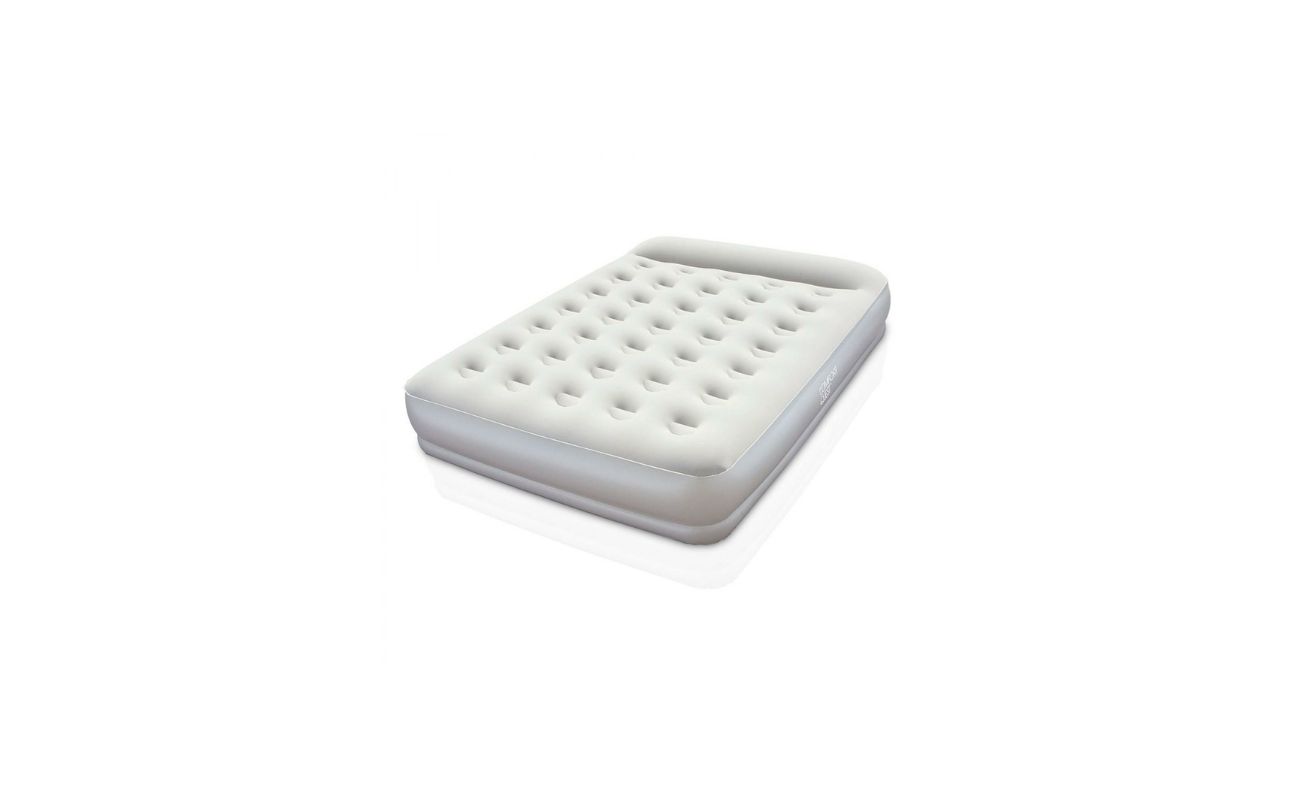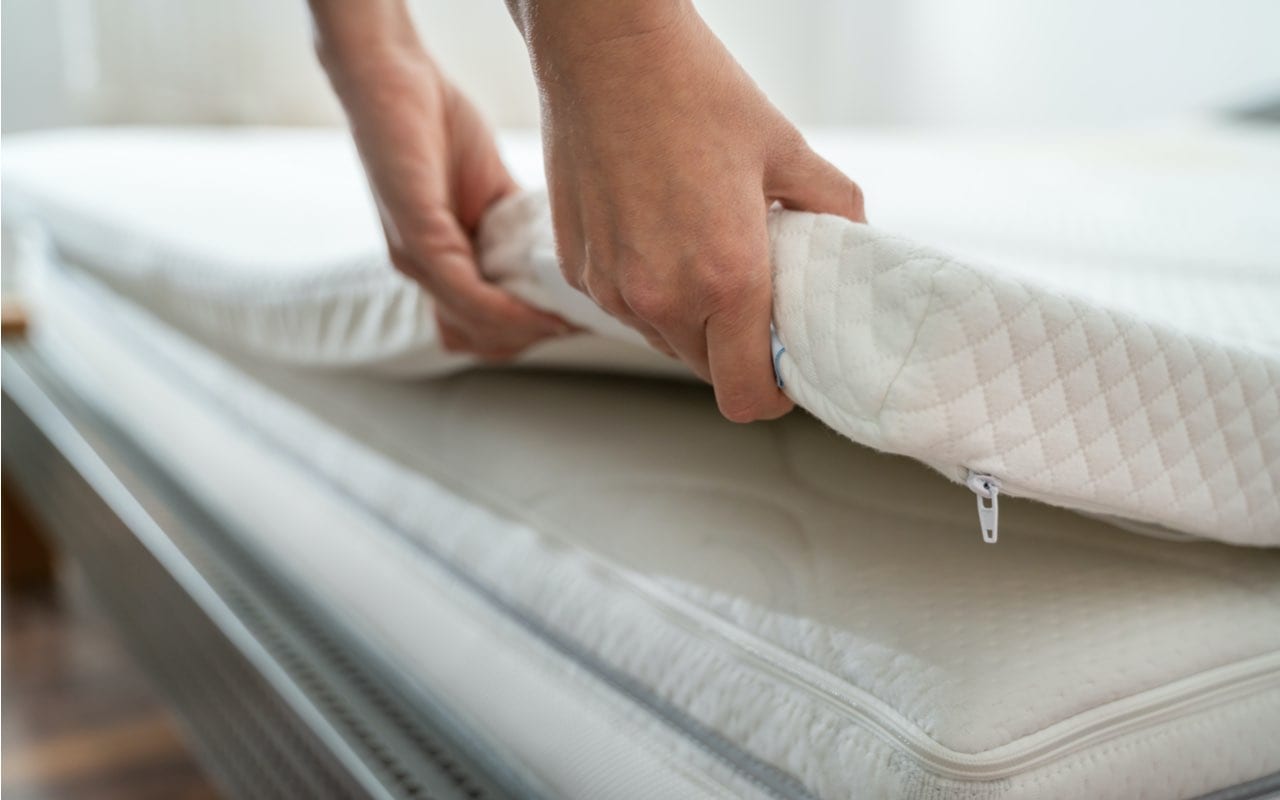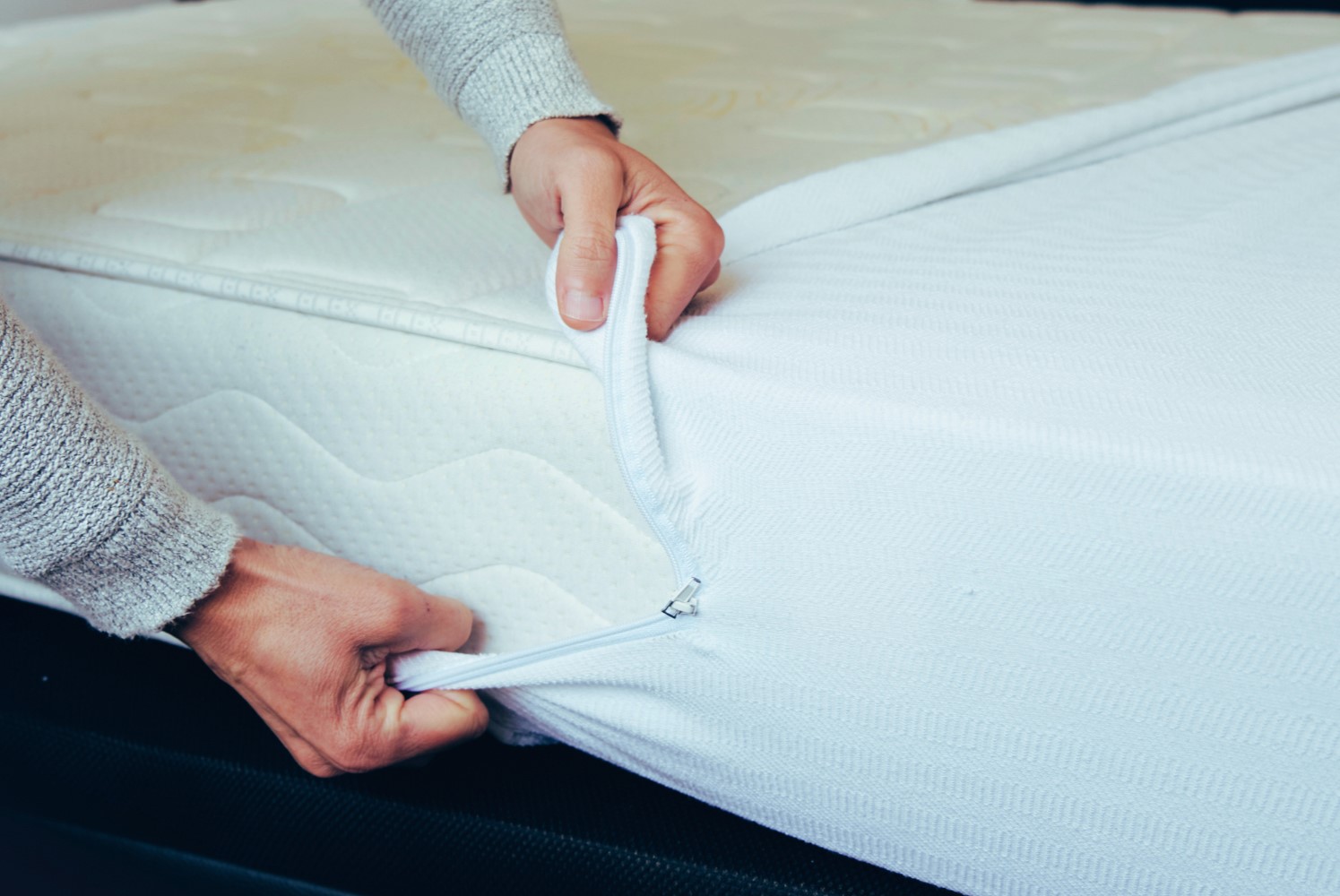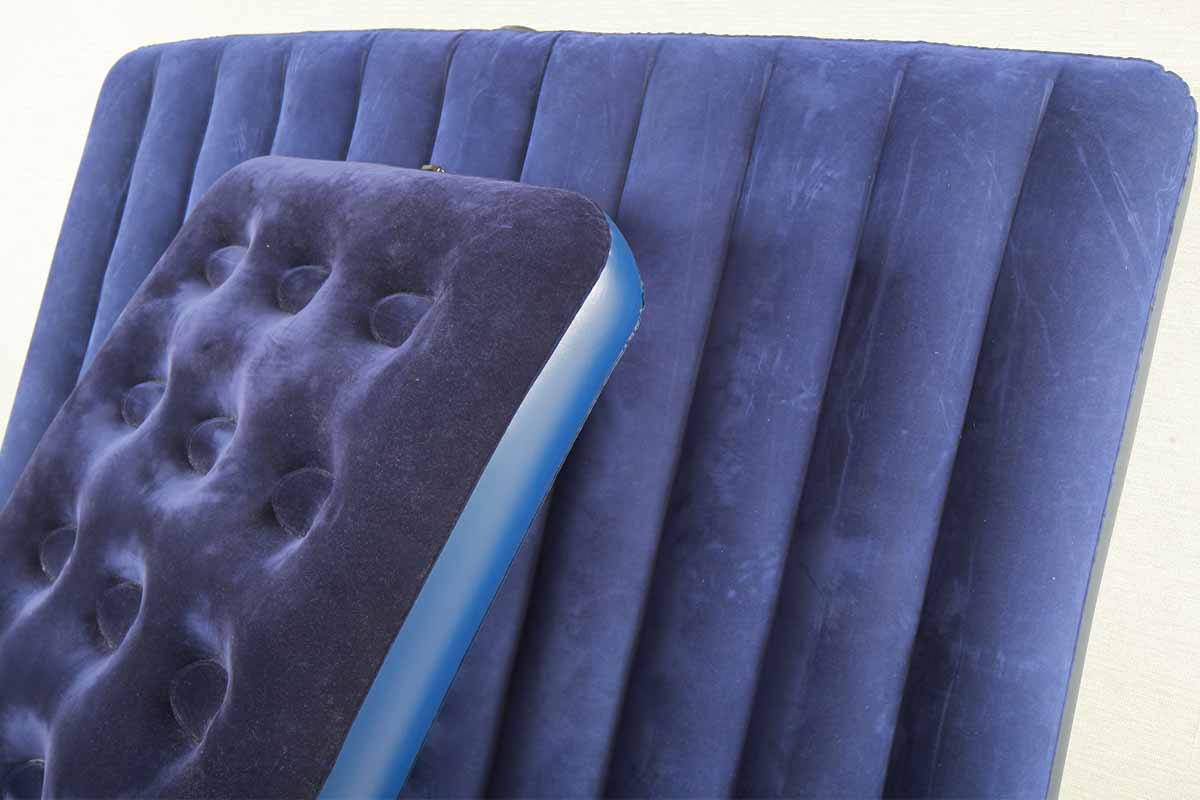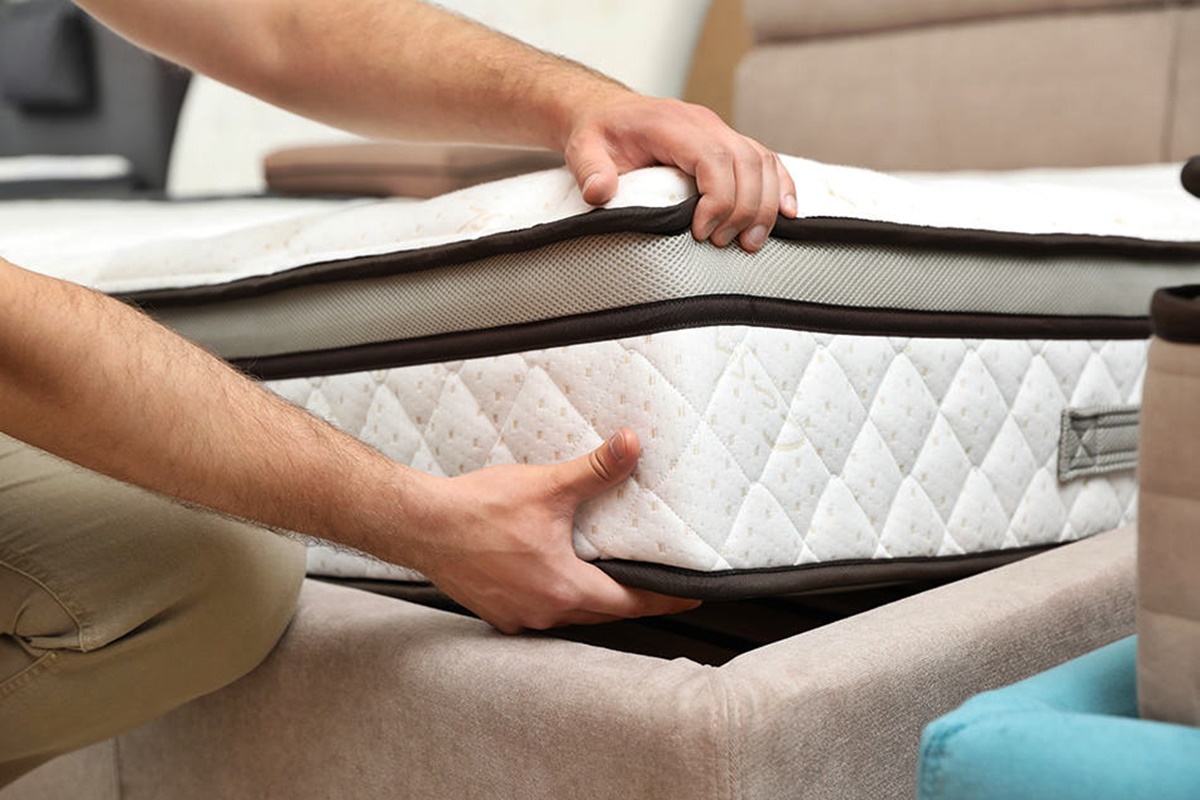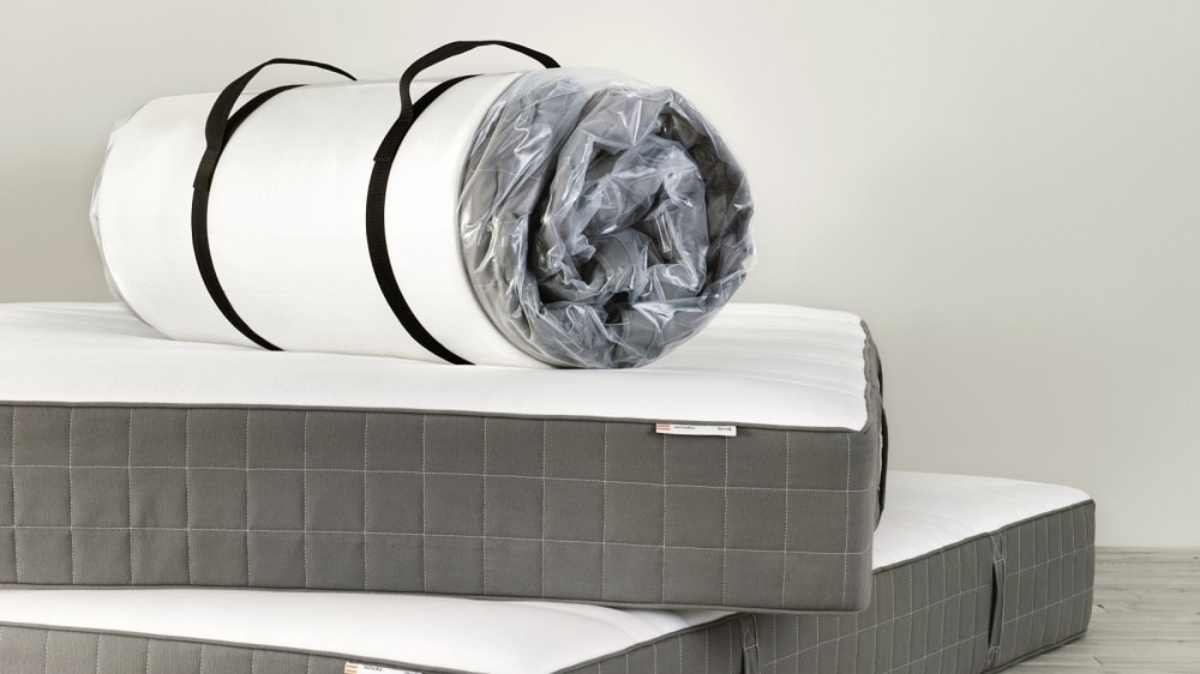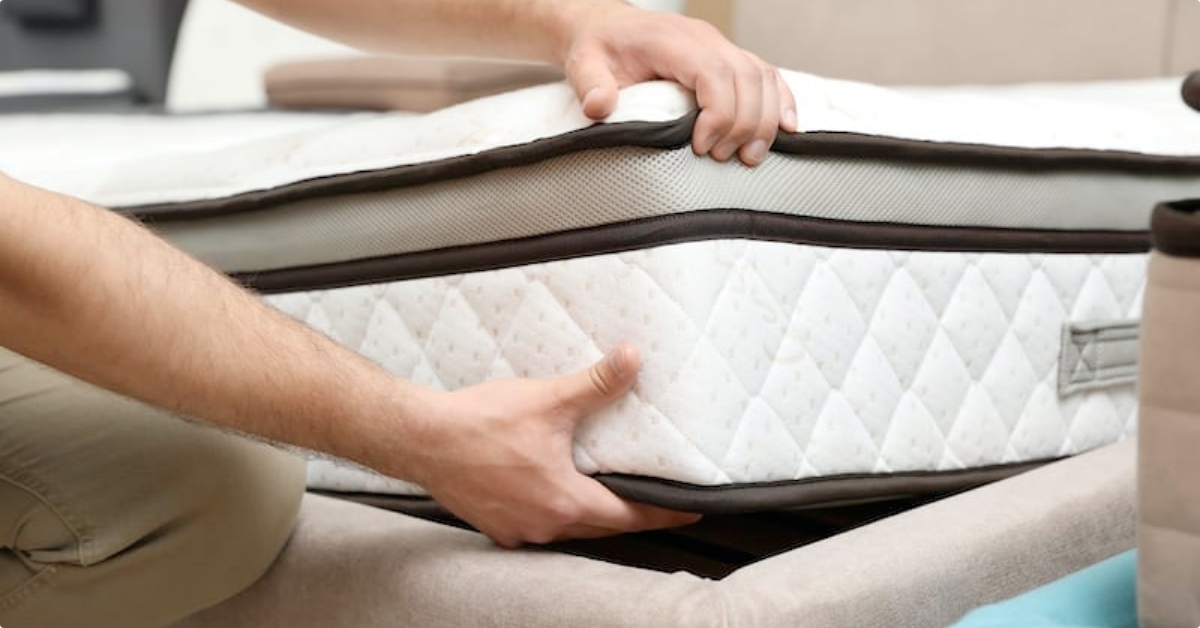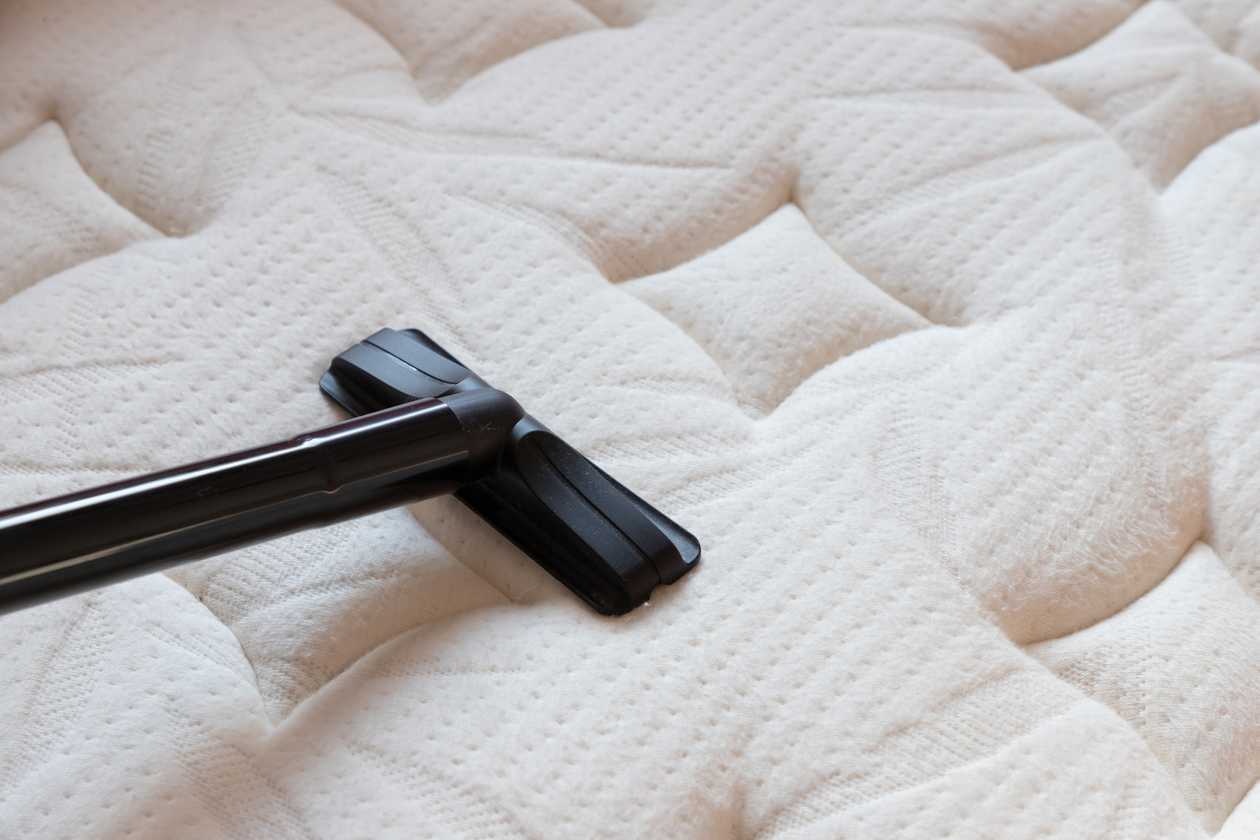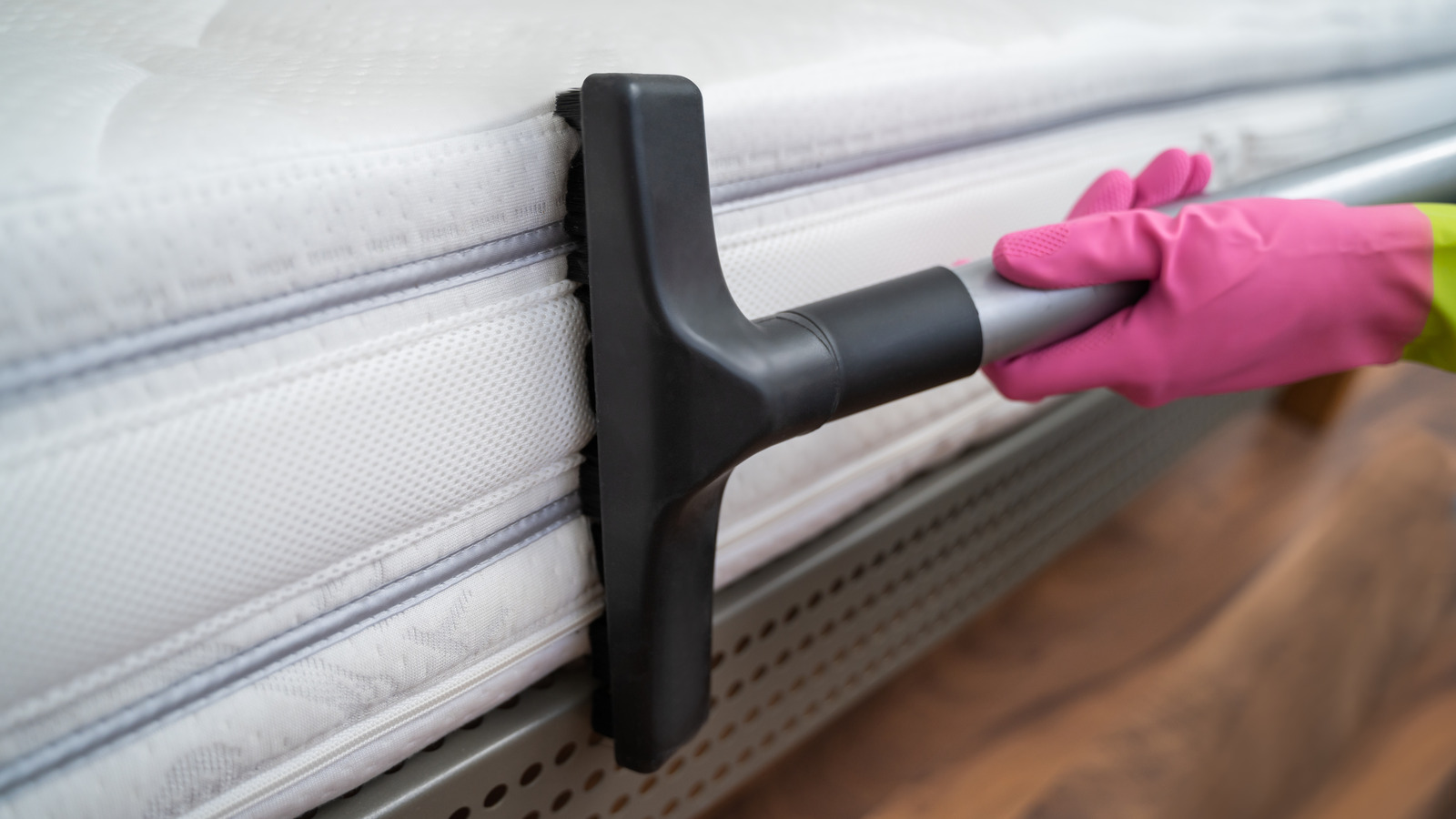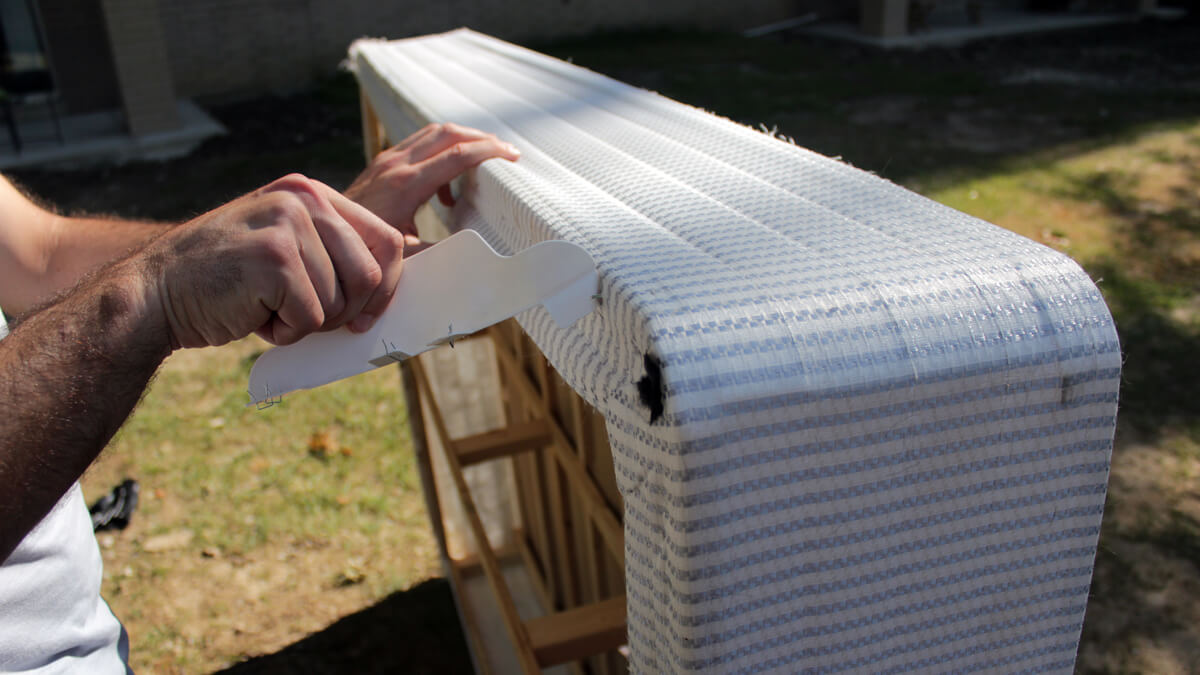Home>Furniture>Bedroom Furniture>How To Fix A Divot In A Mattress
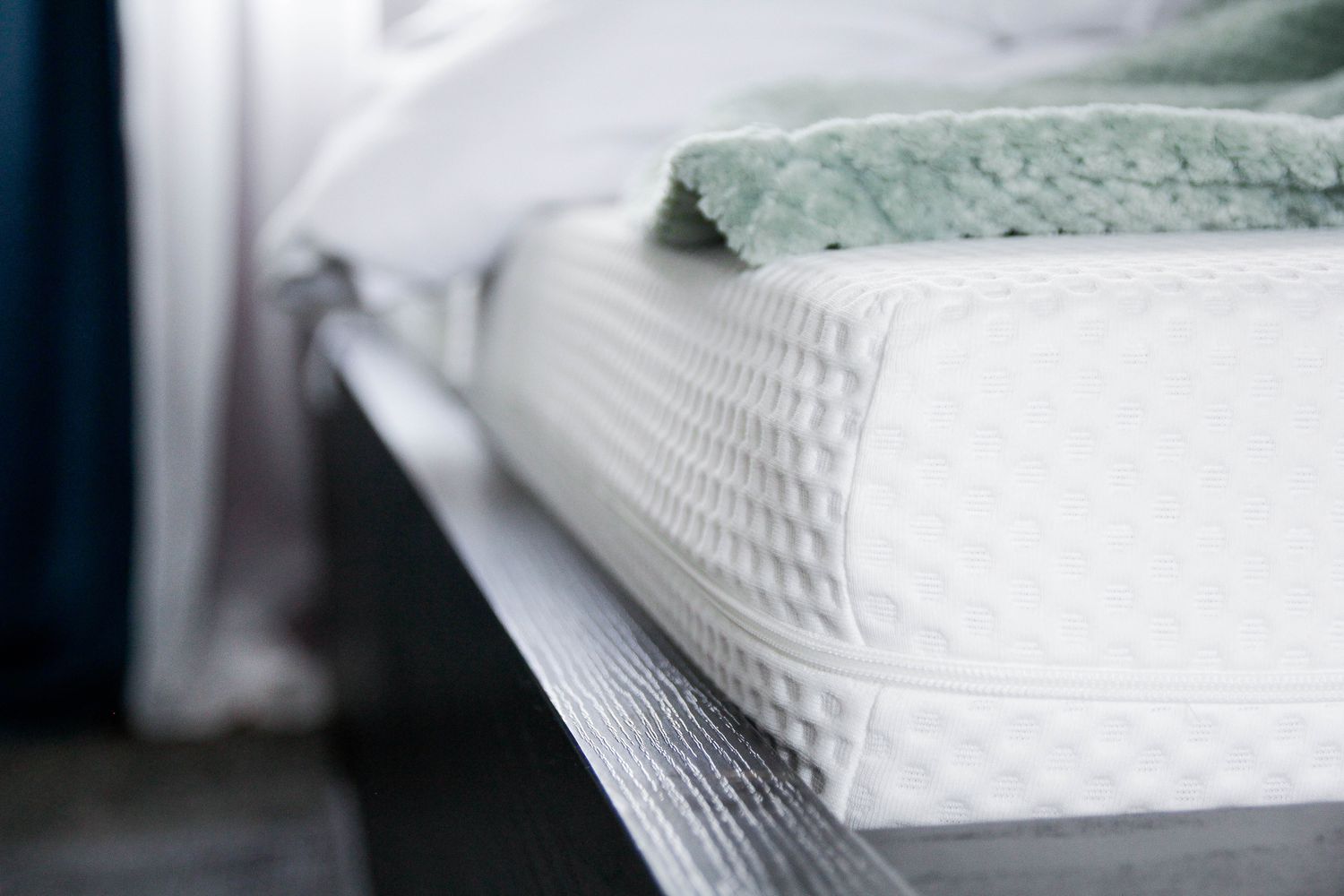

Bedroom Furniture
How To Fix A Divot In A Mattress
Modified: February 17, 2024
Learn how to fix a divot in a mattress with our easy step-by-step guide. Revitalize your bedroom furniture with our practical tips for a comfortable night's sleep.
(Many of the links in this article redirect to a specific reviewed product. Your purchase of these products through affiliate links helps to generate commission for Storables.com, at no extra cost. Learn more)
Introduction
Welcome to the world of bedroom furniture! In the realm of cozy comfort, your mattress takes center stage. It’s the place where you spend a significant portion of your life, drifting off to dreamland and rejuvenating your mind and body. But what happens when your once plush mattress develops an unsightly and uncomfortable divot?
A mattress divot can occur over time due to repeated pressure on specific areas, or when the inner materials of the mattress start to degrade. This can result in an uneven sleeping surface, discomfort, and even affect the quality of your sleep. Fortunately, fixing a divot in a mattress is not an impossible task, and with a bit of know-how and the right tools, you can revive your mattress and reclaim its comfortable embrace.
Before diving into the repair process, it’s important to understand the severity of the divot. Is it a shallow depression that can be easily fixed, or a deeper indentation that requires a more intensive repair? Assessing the severity will guide you in determining the most suitable approach for fixing the divot.
In this article, we will explore different methods to fix both shallow and deep divots in a mattress. Whether you’re facing a minor annoyance or a major disturbance to your sleep, we’ve got you covered. So roll up your sleeves, prepare your toolkit, and let’s dive into the world of mattress divot repair!
Key Takeaways:
- Fix shallow divots in your mattress by using a mattress topper or pad to add extra cushioning and support, enhancing comfort and minimizing the appearance of divots for a better sleep experience.
- Prevent future divots by regularly rotating and flipping your mattress, using a mattress protector, ensuring proper bed support, and practicing proper weight distribution to maintain a divot-free sleep surface and extend the lifespan of your mattress.
Read more: What Is The Divot In A Salad Fork?
Understanding Mattress Divots
Before we delve into the process of fixing mattress divots, let’s take a closer look at what causes them and how they can impact your sleep experience. Mattress divots are depressions or indentations that form on the surface of a mattress over time. They can occur due to a variety of reasons:
- Body weight distribution: Over time, the repetitive pressure from your body weight can cause certain areas of the mattress to compress more than others, leading to the formation of divots.
- Low-quality materials: Mattresses made from inferior materials may lack the durability to withstand regular use, resulting in premature sagging and the formation of divots.
- Lack of mattress rotation or flipping: Failing to rotate or flip your mattress regularly can cause uneven wear, leading to divots in specific areas.
When a divot forms on your mattress, it can have a negative impact on your sleep quality and overall comfort. Sleeping on an uneven surface can cause discomfort, lead to poor spinal alignment, and result in a restless night’s sleep. Additionally, divots can disrupt motion isolation, making it more challenging to share a bed with a partner without feeling their movements throughout the night.
It’s important to address mattress divots promptly to avoid worsening the problem and to maintain the longevity of your mattress. By understanding the causes of divots and their impact on your sleep, you can take the necessary steps to fix them and get back to enjoying a restful and supportive sleep environment.
Assessing the Severity of the Divot
When it comes to fixing a divot in your mattress, the first step is to assess the severity of the indentation. This will help you determine the appropriate course of action and necessary tools or materials for the repair.
Here are some steps to assess the severity of the divot:
- Visual inspection: Take a close look at the divot. Is it a minor depression, or does it have a more significant impact on the overall surface of the mattress? Look for any signs of sagging or unevenness.
- Physical examination: Lie down on the mattress and assess how it feels. Are you sinking excessively into the divot? Does it cause any discomfort or affect your spinal alignment? Pay attention to any changes in firmness or support.
- Measuring the depth: Using a ruler or tape measure, measure the depth of the divot. This will give you a clear idea of its severity and guide you in selecting the appropriate repair method.
Based on your assessment, you can classify the divot as either shallow or deep:
- Shallow divot: A shallow divot typically measures less than 1 inch deep. It may be noticeable during visual and physical inspections but does not significantly affect the overall comfort or support of the mattress.
- Deep divot: A deep divot measures 1 inch or more in depth. It is readily visible and significantly impacts the overall surface of the mattress, causing discomfort and affecting the quality of sleep.
By accurately evaluating the severity of the divot, you can determine the appropriate repair method to effectively restore the comfort and support of your mattress. Whether it’s a shallow or deep divot, rest assured that there is a solution to fix it and bring your mattress back to life.
Tools and Materials Needed
Once you’ve assessed the severity of the divot in your mattress, it’s time to gather the necessary tools and materials to begin the repair process. The specific items you’ll need will vary depending on the method you choose to fix the divot. Here are some common tools and materials that may come in handy:
Tools:
- Measuring tape or ruler: To accurately measure the depth and dimensions of the divot.
- Utility knife or scissors: Used for cutting and trimming materials during the repair.
- Mattress topper or pad: If the divot is shallow, a mattress topper or pad can provide an extra layer of cushioning and support.
- Mattress repair kit: Some repair kits include adhesive patches or foam inserts specifically designed for fixing divots in mattresses.
- Heavy-duty needle and thread: For sewing up small tears or rips in the mattress fabric, if applicable.
Materials:
- Foam inserts or padding: These can be used to fill in deep divots and restore the evenness of the mattress surface.
- Adhesive foam strips: These can be applied to the edges of the divot to raise and level the surface.
- Fabric patches or upholstery glue: If the divot is accompanied by a tear or a rip in the mattress fabric, these materials can help repair and secure the damaged area.
- Additional support materials: Depending on the severity of the divot, you may need plywood, wooden slats, or an adjustable bed base to provide additional support to the affected area.
Before starting the repair process, make sure you have all the necessary tools and materials readily available. This will ensure a smooth and efficient repair and increase the likelihood of achieving a successful outcome.
Now that you’re equipped with the essential tools and materials, let’s move on to the methods for fixing shallow and deep divots in your mattress.
Fixing a Shallow Divot
If you’ve determined that the divot in your mattress is shallow, meaning it measures less than 1 inch deep, you’re in luck! Shallow divots can often be easily fixed with a few simple steps. Here’s how:
- Measure the divot: Use a measuring tape or ruler to determine the length, width, and depth of the divot. This will help you gauge the amount of additional padding or support needed.
- Consider a mattress topper: A mattress topper or pad can provide an extra layer of cushioning and support. Choose one that is the appropriate size for your mattress and thickness to effectively fill in the divot.
- Place the mattress topper: Position the topper on the mattress, making sure it aligns with the divot. Gently press down to ensure an even distribution of padding and a smooth surface.
- Secure the topper: Depending on the type of topper, you may need to use elastic straps or mattress anchors to keep it in place. This will prevent the topper from shifting or sliding during use.
- Test it out: Lie down on the mattress and assess the comfort and support provided by the topper. If the divot is still noticeable, you may need to adjust the positioning or consider an alternative solution.
By following these steps, you can effectively disguise a shallow divot and restore the evenness of your mattress surface. The added padding and support from the mattress topper will help alleviate any discomfort caused by the divot and enhance your overall sleep experience.
If a mattress topper does not fully resolve the issue or if you prefer a more permanent solution, it may be necessary to explore alternative methods for fixing deep divots. Stay tuned for our next section on fixing deep divots in a mattress!
Use a mattress repair kit to fix a divot in a mattress. Follow the instructions carefully and ensure the area is clean and dry before applying the patch.
Read more: How To Fix A Squeaky Mattress
Fixing a Deep Divot
If you’re dealing with a deep divot in your mattress, which measures 1 inch or more in depth, a more intensive repair approach is required. Here’s a step-by-step guide on how to fix a deep divot:
- Assess the divot: Measure the length, width, and depth of the divot to determine the magnitude of the repair needed. This will help you choose the appropriate materials and techniques.
- Obtain foam inserts: Purchase or cut foam inserts that are slightly larger than the dimensions of the divot. Aim for high-density foam to provide adequate support and durability.
- Remove the mattress cover: Depending on the design of the mattress, you may need to unzip or remove the cover to access the interior. Follow the manufacturer’s instructions to avoid damaging the cover.
- Insert the foam: Place the foam inserts into the divot, filling it completely. Make sure the edges of the foam are aligned with the surrounding mattress surface to achieve an even sleeping surface.
- Trim and secure the foam: Use a utility knife or scissors to trim any excess foam that protrudes beyond the mattress edges. This will ensure a seamless appearance. Once trimmed, secure the foam in place with fabric adhesive or upholstery glue.
- Replace the mattress cover: Carefully put the mattress cover back in place, ensuring it fits snugly and zips up properly. Smooth out any wrinkles or creases for a neat and uniform look.
After following these steps, lie down on the mattress and test the repaired area. The foam inserts should provide enhanced support, minimize the presence of the divot, and restore the overall comfort of your mattress.
If the deep divot persists despite these efforts, it might be worth considering consulting with a professional mattress repair service. They have specialized tools and expertise to tackle more challenging repairs and can provide guidance on the best course of action.
Remember, fixing a deep divot requires precision and attention to detail. Take your time and ensure each step is executed properly for optimal results.
Now that you know how to fix both shallow and deep divots in your mattress, keep reading to discover some alternative solutions and preventive measures to maintain a divot-free sleep surface.
Alternative Solutions
If the traditional methods of fixing divots in mattresses don’t suit your needs or if you’re looking for alternative approaches, there are a few options worth exploring. While these solutions may not provide a permanent fix, they can help improve the comfort and appearance of your mattress. Here are some alternative solutions to consider:
- Mattress Topper with Innovative Technology: Invest in a mattress topper with specialized materials, such as memory foam or gel-infused foam, designed to distribute weight evenly and minimize pressure points. These toppers can help alleviate the appearance of divots and enhance overall comfort.
- Adjustable Bed Base: Consider upgrading to an adjustable bed base. These bases allow you to customize the angle and firmness of the mattress, potentially reducing pressure on specific areas and minimizing the impact of divots.
- Rotating and Flipping: Regularly rotate and flip your mattress to promote even wear and prevent the formation of divots. Consult your mattress manufacturer’s guidelines to determine the recommended rotation and flipping schedule for your specific model.
- Mattress Repair Kit: Explore mattress repair kits specifically designed to address divots and sagging. These kits often include adhesive patches or foam inserts that can be placed directly onto the affected area for temporary relief.
- Contact a Mattress Professional: If the divot in your mattress is beyond your ability to fix or if you want a more comprehensive repair, consider reaching out to a professional mattress repair service. They have the expertise and tools to assess and address even the most challenging divots.
Remember, while these alternative solutions can provide temporary relief, they may not fully eliminate the underlying issue causing the divots. If the divots persist or worsen over time, it may be an indication that it’s time to invest in a new mattress to ensure your comfort and well-being.
Now that you’re armed with alternative solutions, it’s time to explore some preventive measures to help keep your mattress divot-free in the future.
Preventing Future Divots
While fixing divots in your mattress is important, taking preventive measures can help minimize the occurrence of future divots and extend the lifespan of your mattress. Here are some tips to prevent future divots:
- Rotate and flip your mattress regularly: Follow the manufacturer’s guidelines for rotating and flipping your mattress. This will help distribute the weight and pressure evenly, preventing excessive wear on particular areas.
- Use a mattress protector: Invest in a quality mattress protector that guards against spills, stains, and allergens. A protector can also provide an additional layer of cushioning and support, reducing the risk of divots.
- Avoid jumping on the mattress: Jumping or applying excessive force on the mattress can cause structural damage and lead to the formation of divots. Discourage children and adults from using the mattress as a trampoline.
- Ensure proper bed support: Ensure that your mattress is adequately supported by a sturdy and appropriate bed frame or foundation. A weak or sagging support system can exacerbate divots in the mattress.
- Regularly clean and maintain your mattress: Follow the manufacturer’s instructions for cleaning and maintenance to keep your mattress in optimal condition. This includes removing any accumulated dirt, dust, or debris that can contribute to the degradation of the mattress materials.
- Monitor weight distribution: Be mindful of how weight is distributed on the mattress. Avoid constantly sitting or lying on the same spot, especially if you have a preferred sleeping position. Varying your sleeping position and using a supportive pillow can help alleviate pressure on specific areas.
By incorporating these preventive measures into your mattress care routine, you can reduce the risk of future divots and ensure the longevity of your mattress. Proper maintenance and proactive steps will help you enjoy a comfortable and supportive sleep surface for years to come.
Now armed with the knowledge of fixing divots and preventing future ones, you can confidently maintain your mattress and enjoy blissful nights of uninterrupted sleep. Sweet dreams!
Conclusion
Your mattress is a crucial component of a restful and rejuvenating sleep experience. When faced with the annoyance of divots in your mattress, it’s important to address them promptly to restore comfort and support. By understanding the causes of divots, assessing their severity, and utilizing appropriate tools and materials, you can fix shallow and deep divots effectively.
For shallow divots, consider using a mattress topper or pad to provide an extra layer of cushioning and support. This simple solution can significantly improve the comfort of your mattress and minimize the appearance of divots.
When dealing with deep divots, a more intensive repair approach is required. Inserting foam inserts, trimming any excess, and securing them in place can help restore the evenness of the mattress surface and alleviate discomfort.
If these traditional repair methods don’t suit your needs, you can explore alternative solutions such as mattress toppers with innovative technology, adjustable bed bases, mattress repair kits, or consulting with a professional mattress repair service. These options can provide temporary relief and enhance your sleep experience.
Preventing future divots is equally important. Regularly rotating and flipping your mattress, using a mattress protector, ensuring proper bed support, and practicing proper weight distribution are all essential in maintaining a divot-free sleep surface.
By taking a proactive approach to mattress care and addressing divots in a timely manner, you can enjoy a comfortable, supportive, and rejuvenating sleep environment for years to come.
So, roll up your sleeves, gather the necessary tools, and embark on the journey of restoring your mattress to its former glory. The effort will be well worth it when you can once again enjoy a blissful night’s sleep on a divot-free mattress.
Sleep well and wake up refreshed!
Frequently Asked Questions about How To Fix A Divot In A Mattress
Was this page helpful?
At Storables.com, we guarantee accurate and reliable information. Our content, validated by Expert Board Contributors, is crafted following stringent Editorial Policies. We're committed to providing you with well-researched, expert-backed insights for all your informational needs.
